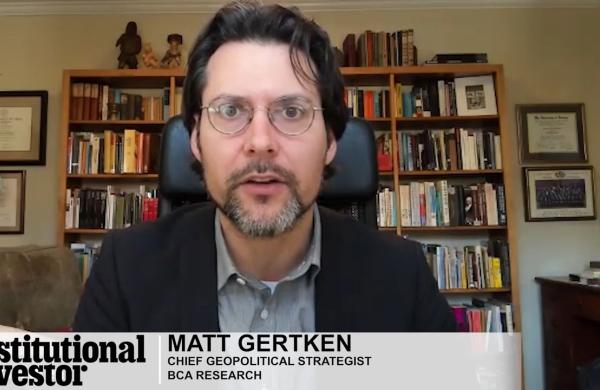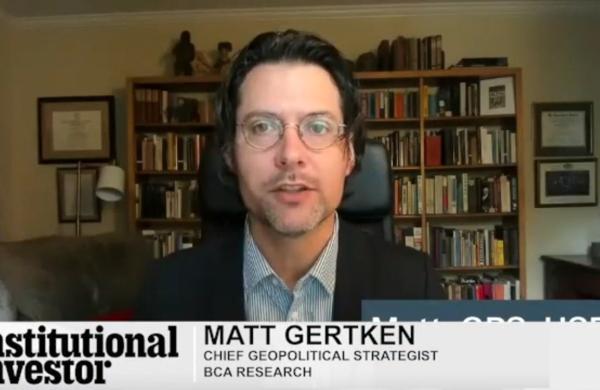Active managers may have only one last chance to prove their value before their market share is eaten away.
According to the latest BCG report on the asset management industry, the share of global assets under management controlled by active managers is expected to be squeezed significantly by alternatives and passively managed products over the next five years. By the end of 2026, active core and specialty managers will represent a total of 41 percent of global AUM, down from 48 percent in 2021.
BCG argues that “actively managed products as an overall category have been hard-pressed to beat overall market performance,” but at the same time, the current market downturn has given active managers a chance to prove their worth. According to Neil Pardasani, managing director and senior partner at BCG, the bear market should be where investors get the most out of active management. “[We are now] entering a period where we can start to test that thesis,” he told II in an interview.
Pardasani added that active managers need to demonstrate that they have “more thoughtful risk positions around risk management and mitigation” in the next few months. Some active managers have proved themselves during the Russia-Ukraine debacle, where they responded quickly to market turmoil and protected investors from at least some of the pain. In the last down cycle triggered by the Global Financial Crisis, Pardasani said, “there were many large active fund complexes that didn’t live up to that promise.”
Active management fees already declined 4 percent in 2021, according to Investment Metrics. If active managers fail to deliver satisfying net-of-fee returns in the current economic environment, their market shares will be taken away by the rising stars in the asset management industry: exchange-traded funds and alternative products. Fixed-income and equity ETFs are expected to lead AUM growth in the next five years, according to BCG. By 2021, the AUM in passive funds had grown at more than four times the rate of active products since 2008. “It’s a long-term trend,” Pardasani said. “New clients and advisors are doing more and more passive, so that train isn’t going to stop.”
According to the BCG report, alternative investments like private equity, private debt, real estate, and infrastructure are expected to generate 51 percent of industry revenue in 2026, up from 44 percent five years ago. The fact that alternatives “offer large illiquidity premiums in return for long lock-in periods and complex deals” is very attractive to investors, according to BCG. In addition, private market assets change hands less frequently than their public market counterparts, which provides a certain level of stability for investors, according to Pardasani.
The good news for active managers, however, is that this sector is far less concentrated and offers “more room for winners,” according to the BCG report. From 2018 to 2021, the top 10 passive managers generated more than 70 percent of cumulative positive inflows in the passive space, while the top 10 active managers only generated 30 percent inflows in the active management industry.
“Passive is extraordinarily consolidated and dominated by a few funds,” said Pardasani. “But relatively speaking, there’s still fragmentation in the active market.” That means that active managers who can establish a competitive edge will be able to stand out. According to Investment Metrics, active managers shine most in non-U.S. large-cap equities and emerging markets. Therefore, for those who can develop expertise around different geographic regions and investment styles, now is the time for them to deliver value, Pardasani concluded.







